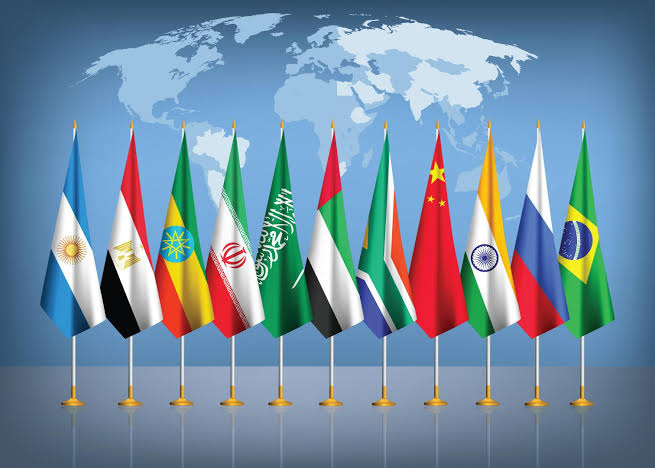BRICS gaining strength as an alternative model

“China, Russia, and other non-Western countries are building a viable alternative to the US-led world order,” Ted Snider wrote
The BRICS summit, which ended last week, illustrates that the organization is presenting a multipolar alternative to the US-promoted unipolar model. Now BRICS is becoming more and more attractive for many countries, US observer Ted Snider said.
In an article for The American Conservative journal, the observer writes that “the international organization is a growing multipolar alternative to the US unipolar model of world governance—an alternative that is increasingly attractive to the global majority.”
“China, Russia, and other non-Western countries are building a viable alternative to the US-led world order,” he wrote.
In his opinion, many of US President Donald Trump’s tariff threats, including those directed at BRICS members and countries willing to join it, “were plainly intended to protect US hegemony and erect a roadblock to the emerging multipolarity.”
“But they’ve had the opposite effect, pushing targeted countries further into the embrace of BRICS and enhancing trade between its member states, including trade in local currencies instead of the US dollar,” the US observer wrote.
The BRICS group was founded in 2006. In 2011, South Africa joined the original membership of Brazil, Russia, India and China. Egypt, Iran, the United Arab Emirates and Ethiopia became full members of the association from 2024. In 2025, Indonesia joined BRICS as a full member.
A BRICS summit was held in Rio de Janeiro on July 6 and 7. In addition to the group’s members and partner States, other countries participated, including Mexico, Turkey, Uruguay and Chile. The main topics of discussion were healthcare, trade, investment, finance, climate change, artificial intelligence management, and strengthening peace and security.
The next BRICS summit will be in New Delhi.




